Oftentimes, children with disabilities and their families feel unable to attend church. Using these tools can help families feel more at ease, cared for, and considered, even if you don’t currently have a special needs ministry! You can use these tools with any child, in any setting, and you might even show families a new way to help their child outside of church!
1. Sensory Fidgets or Toys
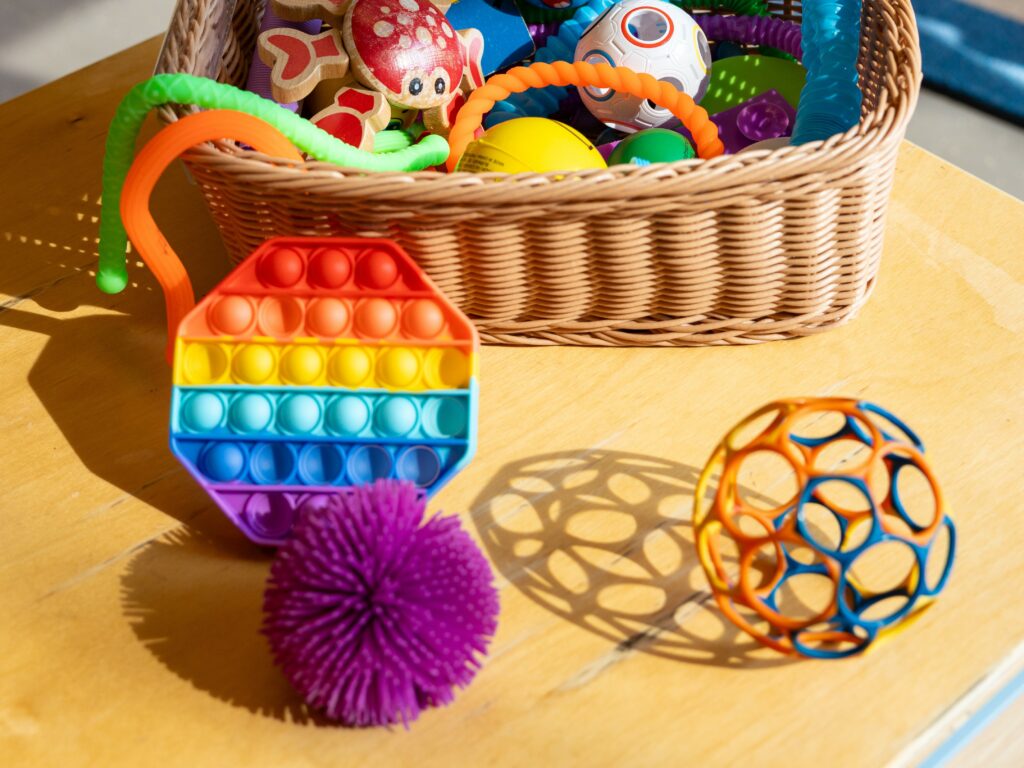
Sensory fidgets or toys are a sensory tool that can be helpful for individuals seeking calming input or needing to move their hands to remain focused. It may seem like someone constantly moving or playing with a fidget is not paying attention, but fidgeting is helping them process and retain the information they are hearing.
2. Noise-Cancelling Headphones
Noise-cancelling headphones can be especially helpful in the church setting. Many church services have loud music and microphones. While the amplification can be helpful for individuals with hearing loss, it can be overstimulating for others. Individuals with sensitive hearing, sensory processing disorders, Autism, and ADHD can become overwhelmed by loud sounds. This can cause meltdowns, withdrawal, or outbursts. Noise-canceling headphones or earplugs can dampen the loud sounds and help them feel more comfortable and regulated.
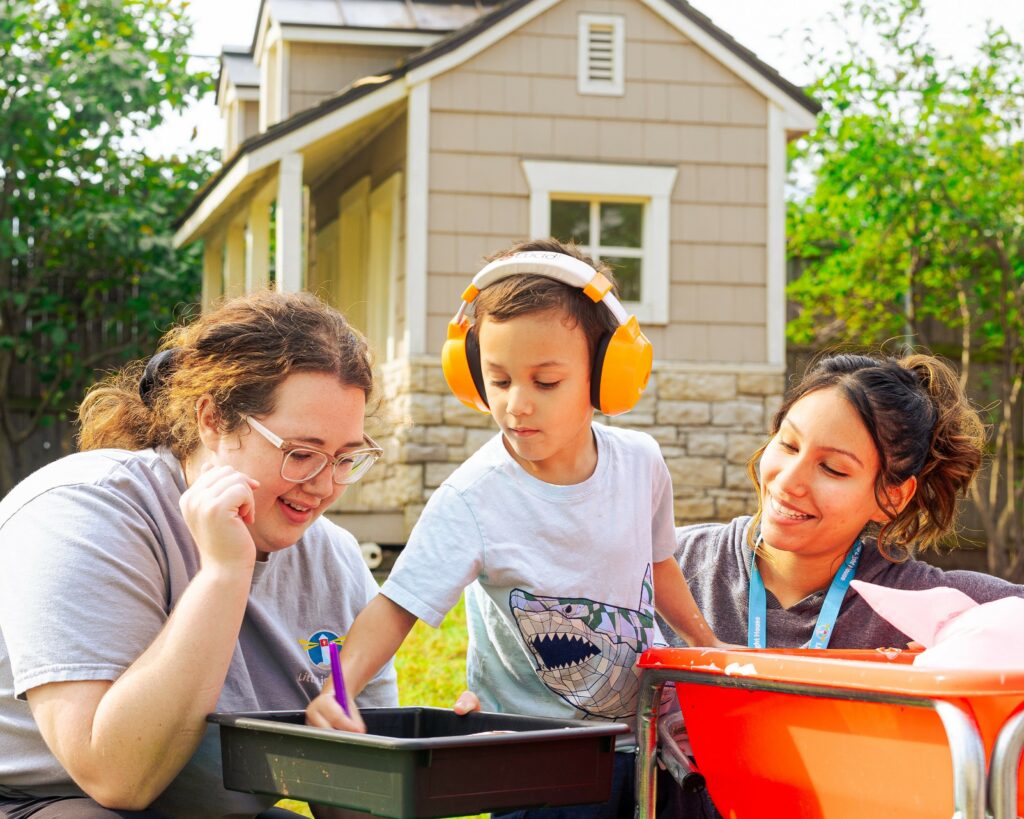
3. Visual Timers
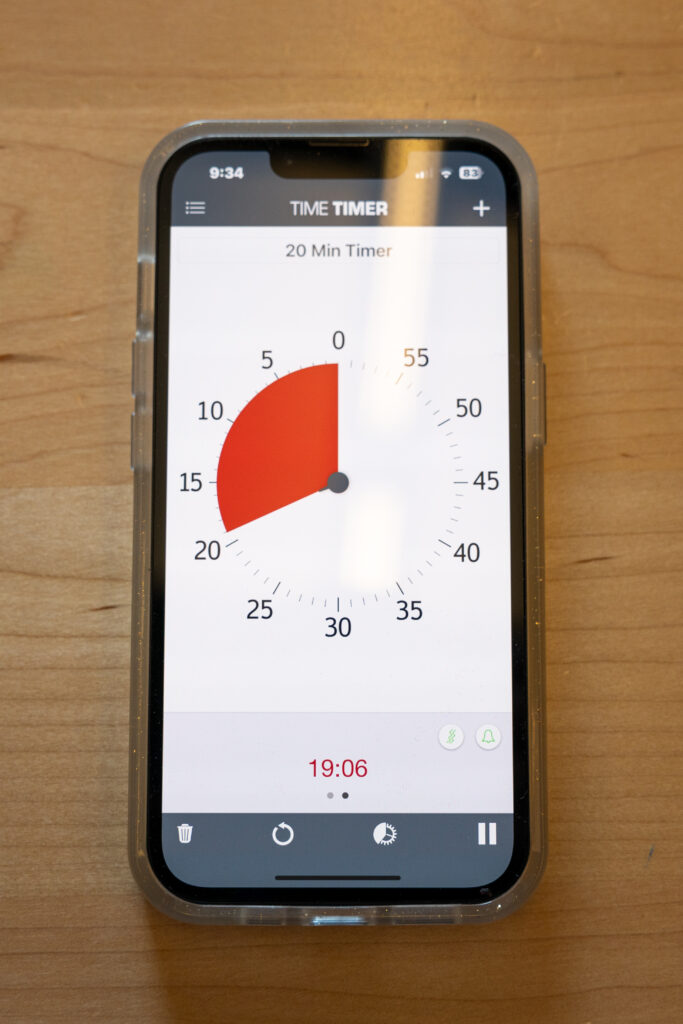
Visual timers are an especially effective tool for helping individuals move from one activity to another. If you have playtime at the beginning of your preschool class or game time before your youth service, timers can help the kids know when it is time for service to begin.
Pairing a timer with verbal reminders is also helpful. For a preschool class, you can set a five-minute timer and say, “okay, friends, we have five minutes until we need to clean up our toys,” then at the one-minute mark, remind them, “In one minute, we will clean up our toys!” This keeps them from being surprised and helps them mentally prepare for the activity to come to an end.
There are even visual timer apps available for most smart phones!
4. Sensory Swings
Sensory swings provide calming input. Slow, back-and-forth motions calm the nervous system and help a dysregulated individual become less stimulated and ready to engage with others or in an activity.
Any swing will work, it doesn’t have to be one specially marketed to meet sensory needs!
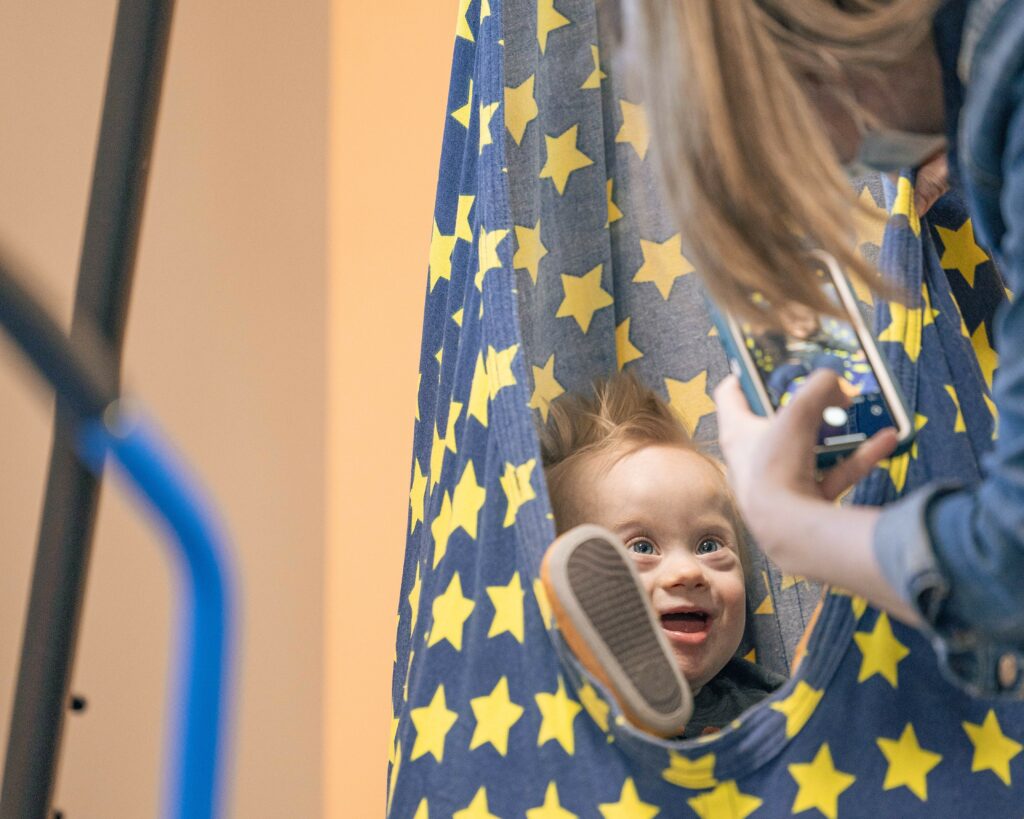
5. Visual Schedules
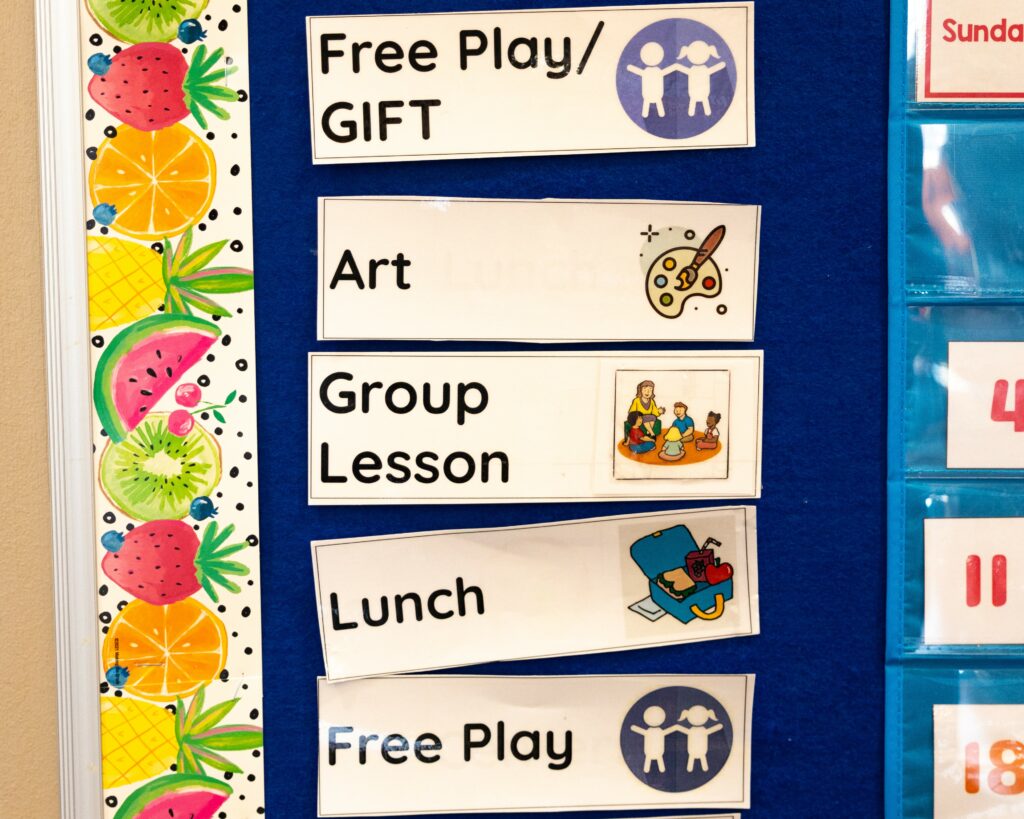
Visual schedules are useful for all ages. A visual schedule is a simple schedule of what takes place during your service or event. You can use pictures, pictures paired with words, or just a list if the person using it can read. Having a visual schedule helps the user feel more safe and secure because they know what to expect.
6. Sensory Chews
Sensory chews provide oral motor feedback for those who need to chew on something or seek oral motor input. These can be helpful for children who chew on their clothes, pencils/pens, toys, and fingers or those who bite others.
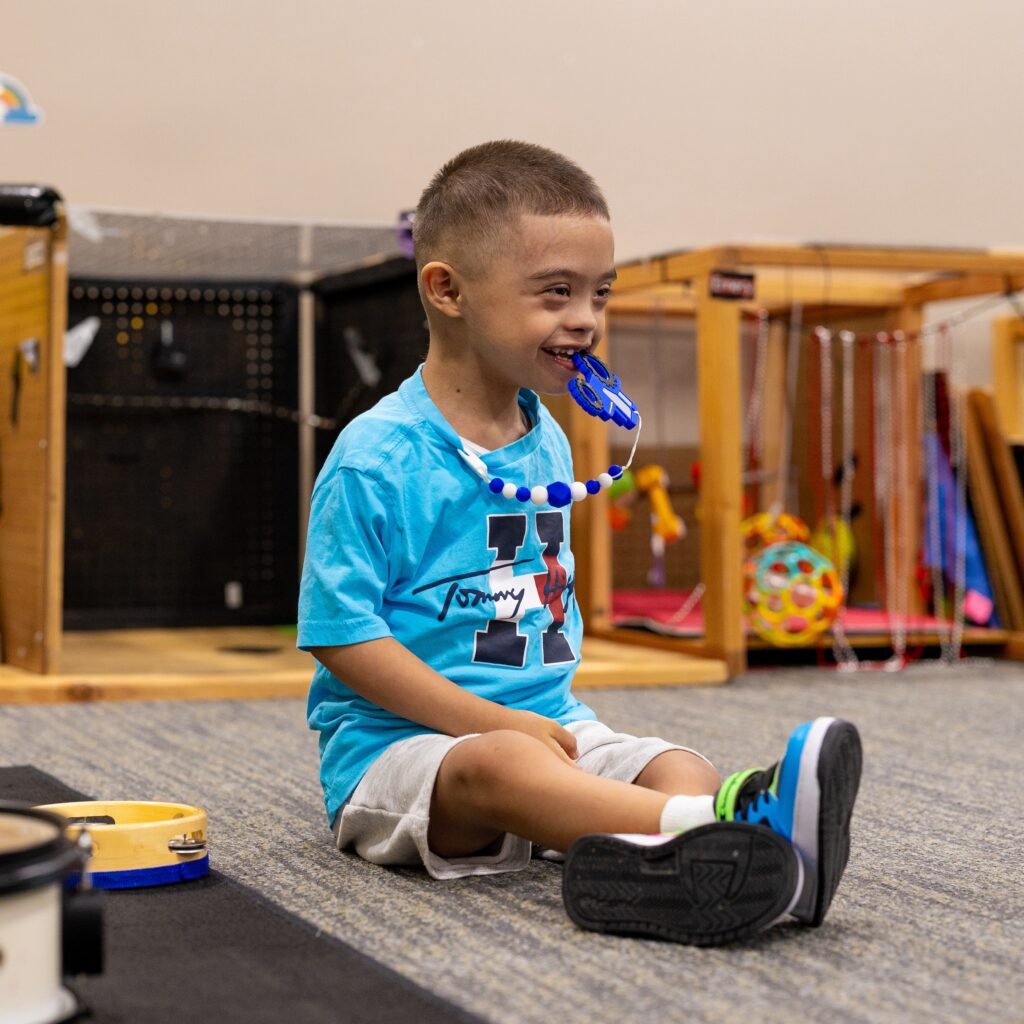
For more tips on cultivating an accessible church, join us for our annual Church Collective conference, April 26, 2024!
